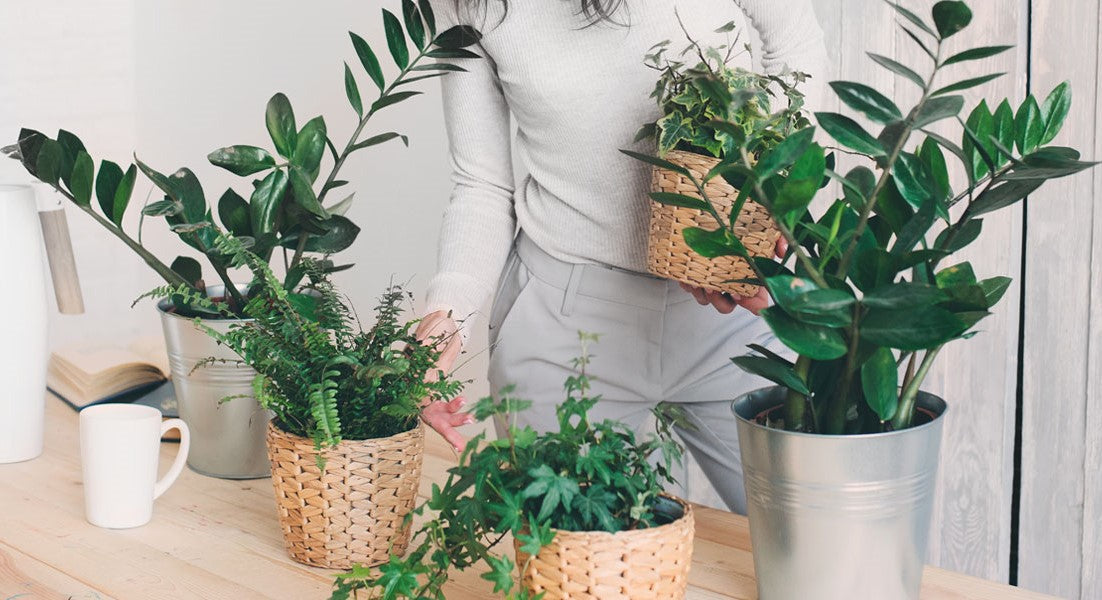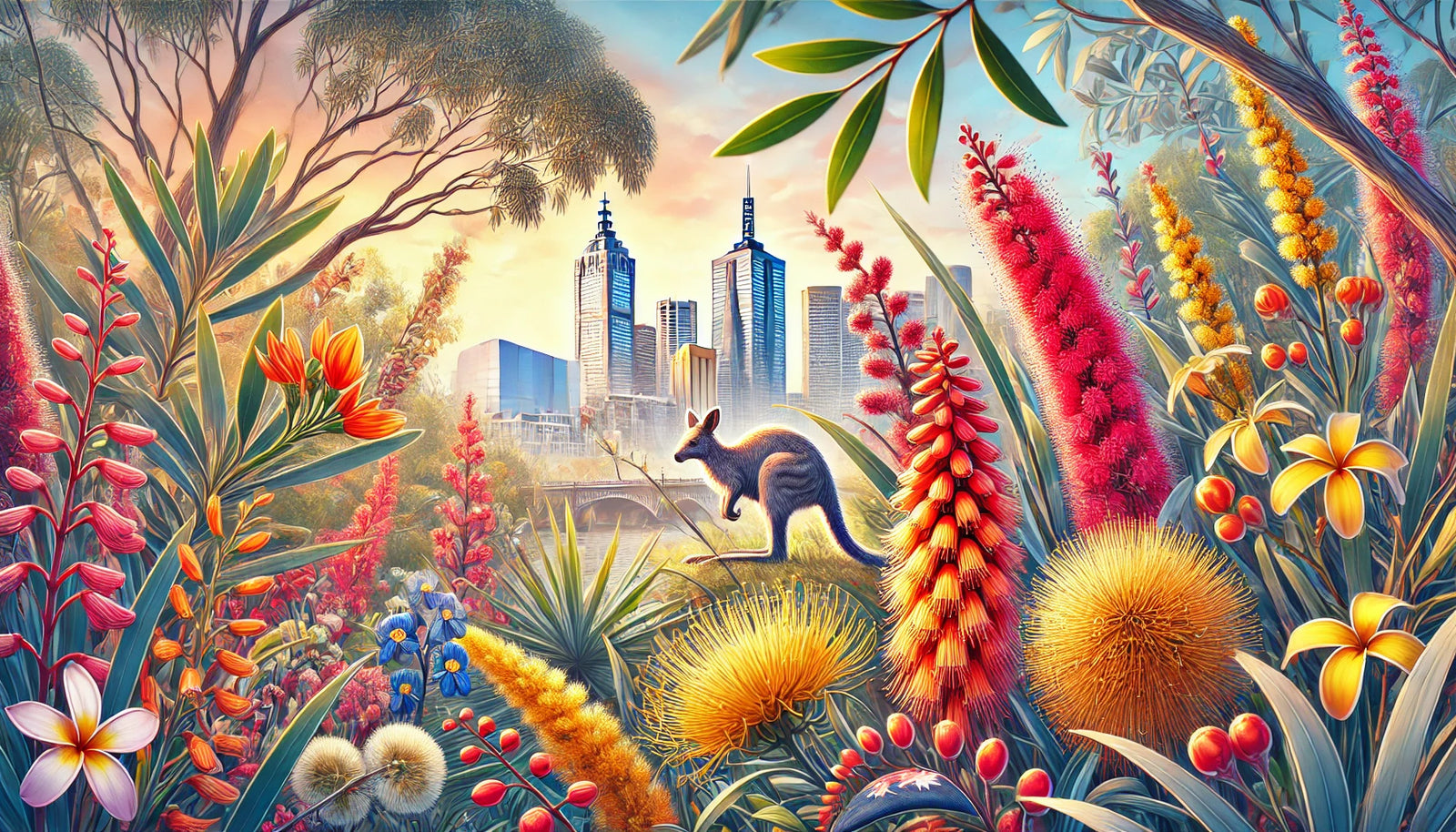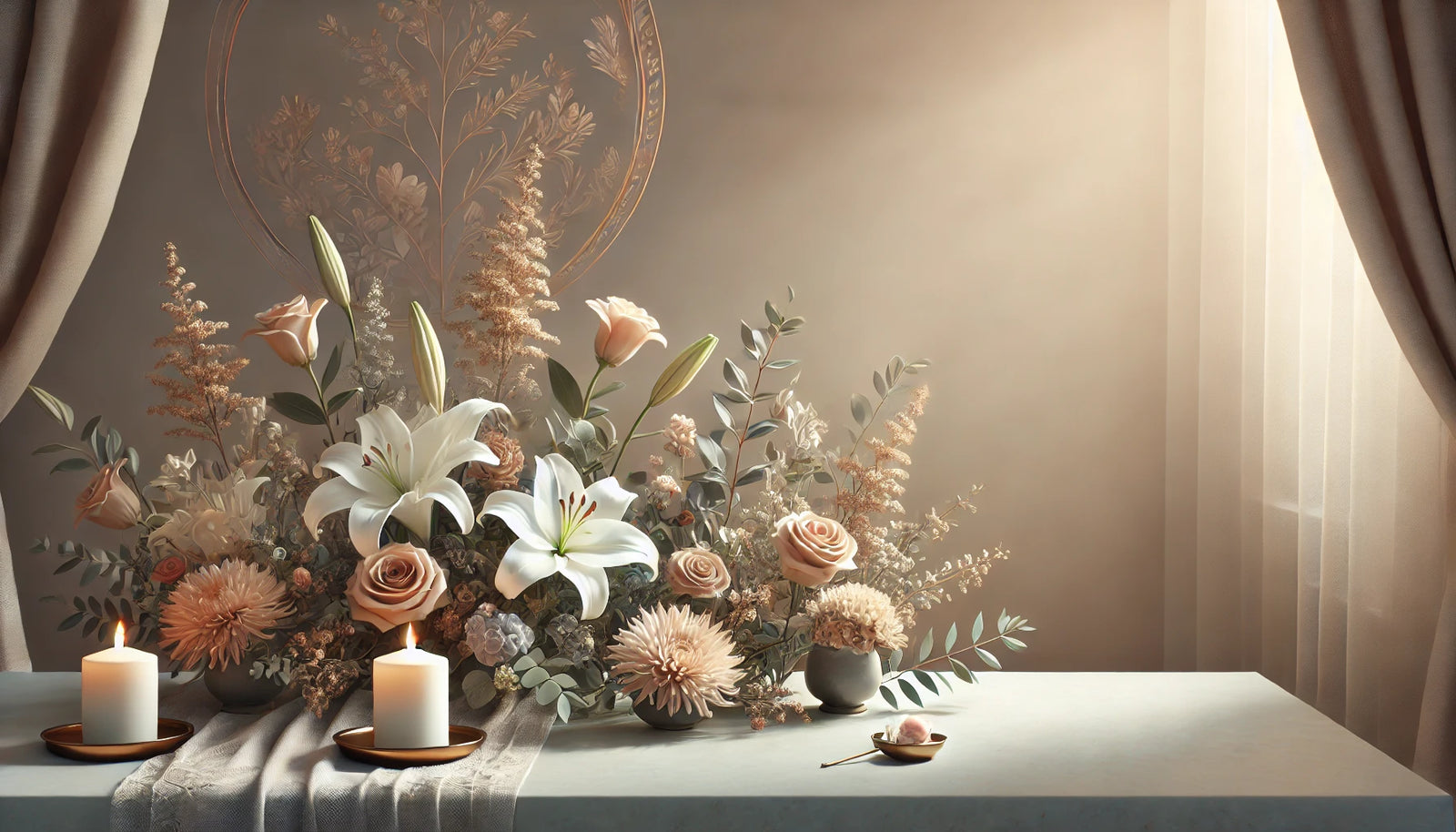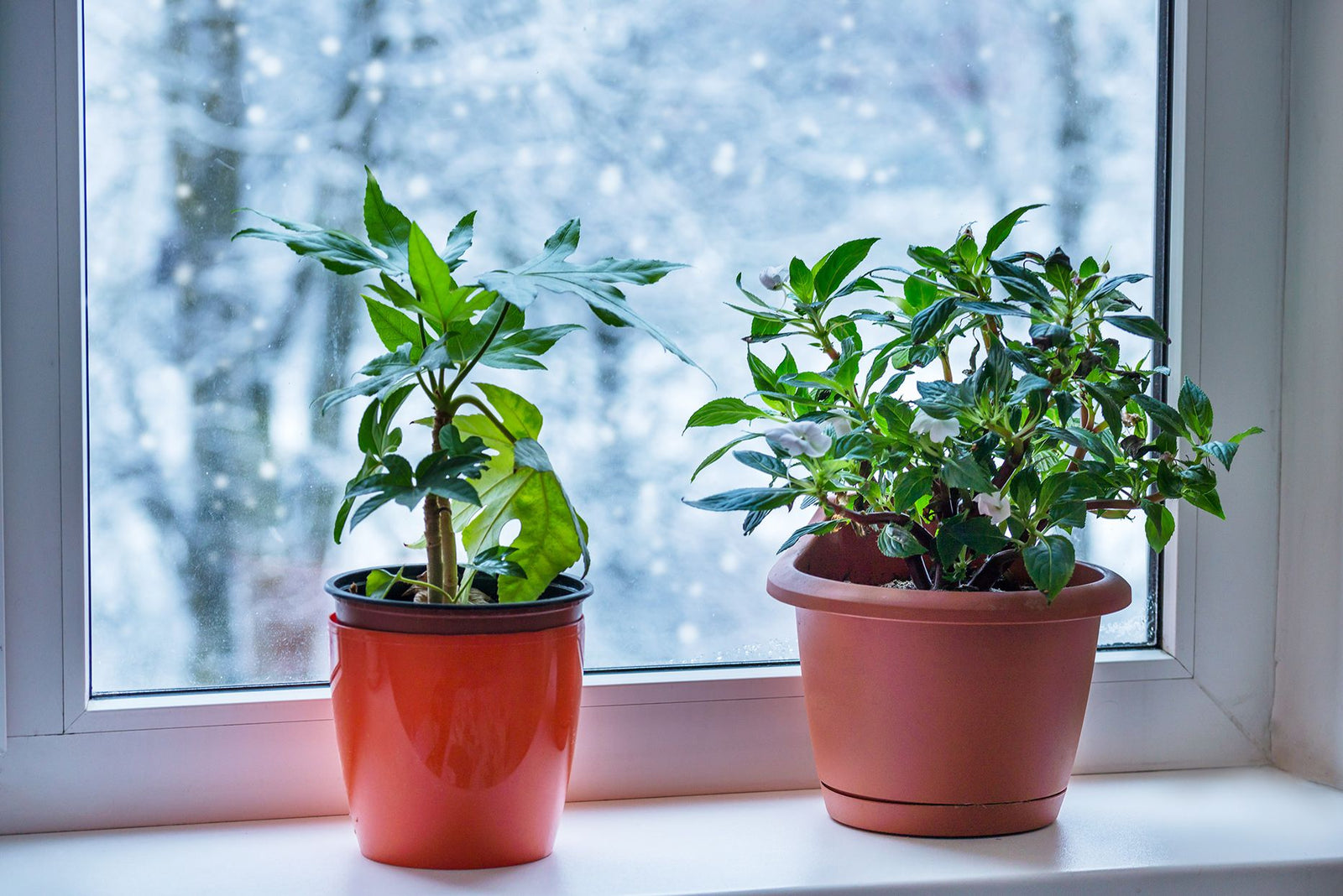Feeding indoor potted plants is a great way to keep your garden thriving to its fullest potential. There are a lot of different types of indoor plants, and each one will require slightly different care, so it's important to understand what kind of plant you're feeding before you start. Keep in mind that feeding your plants alone will not guarantee growth, there are many other factors such as environment, soil, watering, and sunlight that you should consider. It’s still essential to feed your plants so let’s look at why.
What is plant food and why is it necessary?
Plants are like people in the sense that they require certain nutrients for healthy growth. In particular, nitrogen, phosphorus, and potassium are the key macronutrients that support plant wellbeing. Without these nutrients, plants can experience weakness, dull colouring, as well as smaller and fewer leaves and flowering. House plants need that additional assistance from plant food because they have limited soil and their roots can’t reach out for more. This is where plant food a.k.a fertiliser comes in to assist.
If your plant needs nutrients (there’ll be signs) - and most plants do at some point in their life cycle, then you'll want to find out which nutrients that particular plant needs. This can usually be found on the product packaging. Once you know what type of fertiliser to use, carefully follow the directions on the label for application rates and frequency.
How to tell if your indoor plant needs feeding
The first step is to determine whether or not the plant is in need of food. You can do this by checking the soil's color and texture: is it dark and rich, or light and sandy? If it's dark and rich, then your plant probably doesn't need any additional nutrients right now. If it's light and sandy, then your plant might need some extra help.
What is the best food for indoor potted plants?
Plant food comes in either liquid or granular form, usually combining the 3 key macro nutrients we mentioned above. Normally fertiliser packaging will refer to the nutrients as 10-10-10 or N-P-K, which is the ideal proportions/combination for most plants. When shopping for plant food, you will have the option of choosing organic or artificial fertilisers. It’s better to opt for organic as they’re easier to use and you won’t easily overdo with fertilising.
How to make your own plant food
If you own horses, cows, chickens, or other farm animals, you can create your own fertiliser from their faeces. However, beware that some manures can be strong in their nitrogen concentration so you should either compost the plants first or make a ‘tea’ by mixing it with water.
Shop indoor plants from Mordialloc Florist™
Looking for indoor plants for your space or to give to someone special? Browse Mordialloc Florist™’s array of indoor plants to add some greenery to your bedroom, kitchen, or office. We hope our tips on how to feed your potted plants help you grow your plants to their fullest potential.
